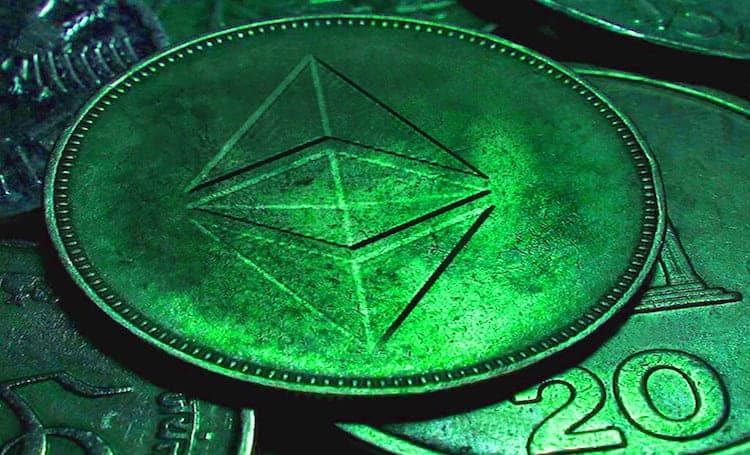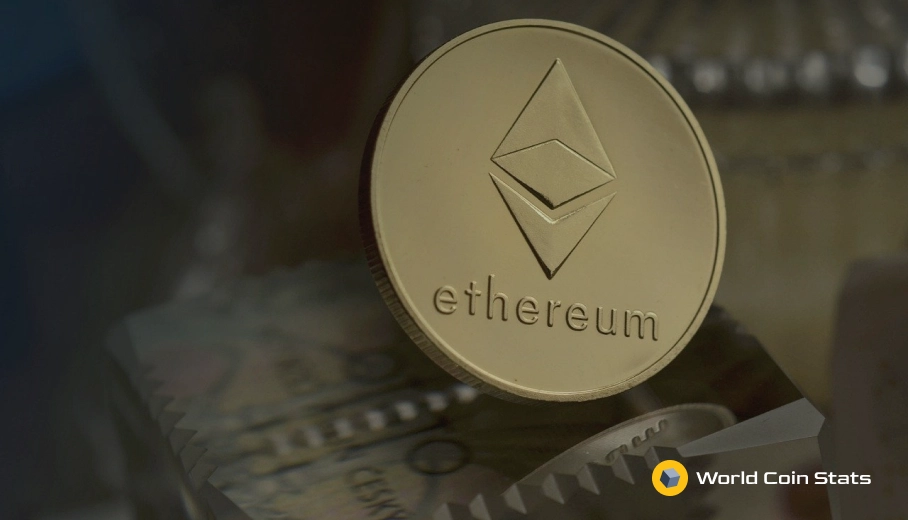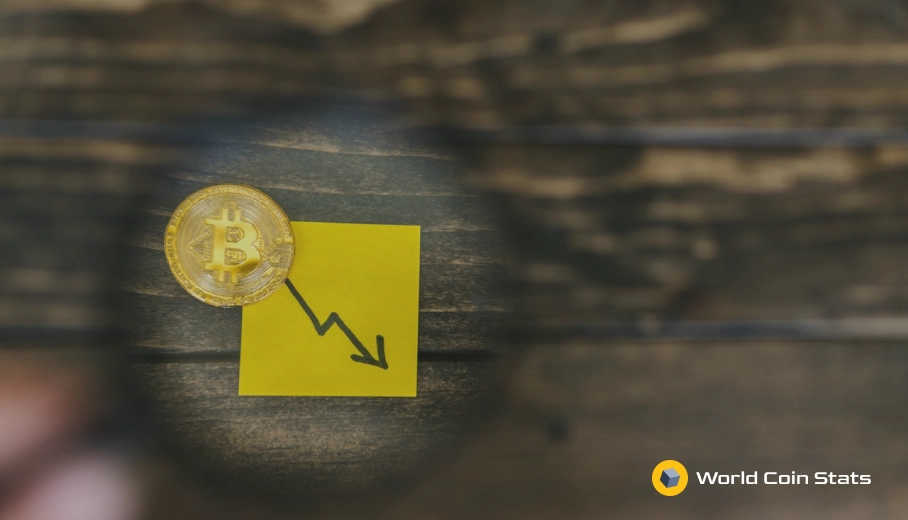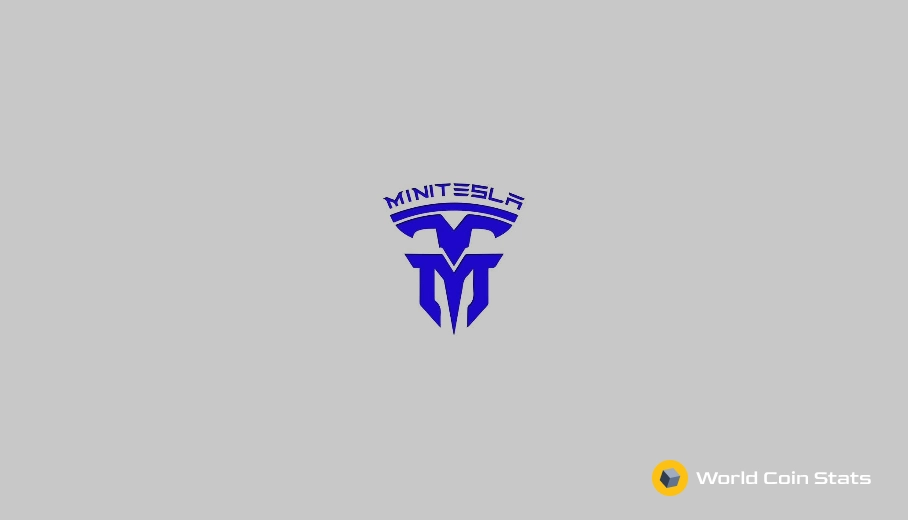Can Anyone Overtake Ethereum?
Ethereum has the second highest market cap of any cryptocurrency. The market cap currently stands at $67.2 billion USD, which trails Bitcoin’s market cap of $362 billion USD.
However, many have speculated that other cryptocurrencies may overtake Ethereum at some point in the future. This was a common trend in 2017 during the initial coin offering (ICO) craze. However, no cryptocurrency has overtaken Ethereum at the time of writing.
This article will cover everything about Ethereum and the potential cryptocurrencies that could overtake it. First, we will start with how Ethereum earned it’s position as the second most popular cryptocurrency, some problems with Ethereum, and we will close out with some cryptocurrencies that have a legitimate chance of overtaking Ethereum.
Contents
Why is Ethereum Popular
Ethereum is the second most popular for a few reasons. This section will cover those reasons in detail.
Build Apps on the Ethereum Blockchain
A huge part of Ethereum’s popularity is that Ethereum allows users to build apps on the Ethereum blockchain. In fact, this is such an important aspect of Ethereum that many have argued that this is the reason Ethereum is so popular.
Ethereum was released in 2015, and it was the first cryptocurrency that allowed users to build apps on the platform. This led to a surge of different cryptocurrencies entering the marketplace.
Ethereum’s popularity increased because these projects required investment, and the only way to invest the cryptocurrency was often with Ethereum. This drove the price of Ethereum with the ICO bubble of 2017.
Smart Contracts
Smart contracts are another feature of Ethereum that was not found on other cryptocurrency blockchains when Ethereum was launched in 2015. A smart contract is a protocol that allows users to write a script that automatically fulfills when certain external criteria are met.
This has huge implications for any sort of decentralized finance because it is a trustless system. For instance, it can be used for gambling. A user would place a bet for one side of the gambling transaction, the money is held in escrow, and the funds are disbursed when the result of the match is posted to the blockchain.
That is just one of many uses for smart contracts. Other uses include decentralized cryptocurrency exchanges (ex. DeFi), property sales, and any other event that is based on a verifiable event that occurs on the blockchain.
ERC-20 Tokens
ERC-20 tokens are closely related to the apps that users can write on the Ethereum blockchain. In fact, the apps will have cryptocurrency tokens called ERC-20 tokens.
The advantage for an ERC-20 token is that it does not require developers to develop their own blockchain. Instead, they can simply use the blockchain and resources of the Ethereum blockchain to power their token.
Some popular ERC-20 tokens include Tether, Chainlink, and Binance Coin. All those coins are ERC-20 tokens that operate on the Ethereum blockchain.
Name Recognition
Finally, Ethereum has the most name recognition of any cryptocurrency other than Bitcoin. This is due to the factors listed above and the massive bull run Ethereum experience in 2017.
We know, name recognition does not mean much other than that people know about it. But name recognition is such an important part of the price of a cryptocurrency that ignoring the impact of name recognition is silly.
Simply put, Ethereum has more name recognition than any of the cryptocurrencies attempting to usurp Ethereum. Due to this, Ethereum will likely stick around much longer than it probably should stick around.
The Two Major Problems with Ethereum

Ethereum has a few problems. In fact, many believe that Ethereum has problems so insurmountable that the demise of Ethereum is inevitable. This section will cover some of the problems that Ethereum faces.
Scalability
The primary problem that Ethereum faces is that it has a huge scalability problem. This is because the entire blockchain is stored on each wallet and the entire blockchain must complete for every transaction.
Once you add on that Ethereum has a huge amount of ERC-20 tokens, smart contracts, and apps operating on its blockchain you realize that Ethereum simply does not have the architecture nor computing power to power the blockchain.
This was not too big of a problem for Ethereum in 2017 – it was still relatively new and the blockchain had not become bloated at that point. However, things changed around 2019 and have not really improved since then.
What caused things to change?
Decentralized finance (DeFi). DeFi is simply the replacement of traditional, centralized financial institutions with decentralized options that exist on the blockchain. These options utilize smart contracts and the trustless nature of blockchain to ensure a fair environment for users.
The problem, however, is that DeFi leads to a huge amount of bloat on the blockchain. And Ethereum simply does not have the software architecture to handle this bloat.
It becomes more and more apparent every single day that Ethereum simply cannot handle the massive amount of traffic it’s receiving.
No Maximum Supply
The other problem with Ethereum is that it does not have a maximum of it’s coin – Ether. This does not impact the use of the coin nor will it lead to its downfall. But it will lead to inflation at some point.
The reason is simply. Ethereum does not function similarly to a precious metal like most cryptocurrencies that have a maximum supply. Instead, Ethereum has a similar model as fiat currency.
Cryptocurrency proponents love to state that cryptocurrency is a much better model than fiat currency due to the maximum supply of nearly all cryptocurrencies. However, is Ethereum really much different from fiat currency if it has an infinite supply?
No, of course it is not much. Ethereum proponents will state that Ethereum does not have intentions of becoming a currency, which is true – it is more of an app that allows others to build apps on top of it. But the currency aspects of Ethereum cannot be denied and likely lead to more investment.
In our opinion, Ethereum is not a good investment. And if it is not a good investment, does it really serve any purpose? Or will Ethereum simply become an app for other apps with a coin that is essentially worthless?
Only time will tell. However, it’s clear that Ethereum has a problem with the infinite maximum supply of its Ether coin.
The Collapse of Ethereum is Inevitable
With the above two points in mind, we find the collapse of Ethereum inevitable. The timeline of that collapse is, of course, unknown. Ethereum has enough name recognition that it will likely have a slow decline to 0 rather than a rapid, overnight decline barring any sort of Black Swan event.
The development of Ethereum seems unwilling or unable to solve the scalability problem. They attempted a solution with Ethereum 2.0 earlier in 2020, but that did not work as well as many expected it would.
If Ethereum 2.0 is any indication of how Ethereum will handle its scalability problem, then Ethereum will not last. The problems are too foundational for a basic fix like Ethereum 2.0.
Finally, the scalability problems with Ethereum will become even more apparent as DeFi becomes increasingly popular and begins to slow down the already sluggish Ethereum blockchain.
What will replace Ethereum?
If you tell someone that Ethereum will collapse, then the next logical question is, what will replace Ethereum?
Fortunately, we do have an answer to that question. We would first like to note that there are many cryptocurrencies billing themselves as the replacement to Ethereum, but none of those cryptocurrencies have garnered the attention as the once we have chosen. Additionally, those cryptocurrencies did not have a development team that includes the co-founder of Ethereum – Dr. Gavin Wood.
Polkadot
As you might have guessed, we believe that Polkadot will overtake and replace Ethereum. Yes, we know that many cryptocurrencies have claimed they are “the next Ethereum (or Bitcoin).” However, Polkadot has some very good things going for it.
Here are some of the reasons that Polkadot can overtake Ethereum.
Strong Development Team
The first thing Polkadot has going for it is the development and leadership team of Polkadot. The founder of Polkadot is Gavin Wood.
That’s the same Gavin Wood that is the cofounder of Ethereum. He was not the financial cofounder, either. Wood was the Chief Technology Officer (CTO) of Ethereum.
That is a huge positive for Polkadot. It is not a garageband cryptocurrency like so many of the other cryptocurrencies that have tried, and failed, to usurp Ethereum.
In addition to Wood, Polkadot has two other co-founders – Robert Habermeir and Peter Czaban. Habermeir is a Thiel Fellow, which means he received a scholarship from the Peter Thiel Foundation because of his technological prowess. Habermeir was also a longtime contributor of the Rust community, and that gives him a great understanding of one of the largest problems facing Ethereum – the lack of parallel computing.
The other co-founder of Polkadot, Peter Czaban, served as the technology director of Web3. Under his focus, Web3 shifted focus to distributed ledgers. Czaban also studied computer engineering at the University of Oxford where he focused on machine learning.
This is possibly one of the strongest leadership teams of any cryptocurrency and gives Polkadot a great chance of overtaking Ethereum.
Better Scalability
Polkadot has a better solution to scalability than Ethereum 2.0’s shards. Instead, Polkadot has parachains and parathreads, which is essentially parallel computing that allows asynchronous communication between blocks.
The main difference is that parachains and parathreads can define their own logic. Doing so should prevent a large amount of bloat as Polkadot expands.
We also like that Polkadot uses Rust and Substrate as its programming language rather than Solidity and Vyper like Ethereum. For those that don’t know, Solidity and Vyper closely resemble Javascript and Python, respectively.
Better Governance Structure
Ethereum has an off-blockchain governance structure. Decisions are made by the Ethereum Foundation. This means that Ethereum has a centralized leadership structure.
Polkadot is different – it has an on-blockchain leadership structure. Basically, all the decisions are voted on by those that hold voting shares of DOT (Polkadot’s coin).
Opened to Major Hype
This particular point is not hugely important, but it cannot be ignored.
Polkadot opened to the largest hype of any cryptocurrency. The leadership team and solution offered to the scalability issue facing Ethereum were two of the main reasons.
Polkadot launched in mid-2020 and has already broken the top 10 of cryptocurrencies by market cap. The market cap of Polkadot currently stands at $4.3 billion USD, which ranks it as the ninth largest cryptocurrency by market cap.
Final Thoughts
That covers it for whether any cryptocurrency can overtake Ethereum. We find it likely that Polkadot, or some yet to be released cryptocurrency, will overtake Ethereum on a long enough timeline.
Ethereum simply has too many problems with scalability and leadership structure for it to last with the growing popularity of DeFi.




